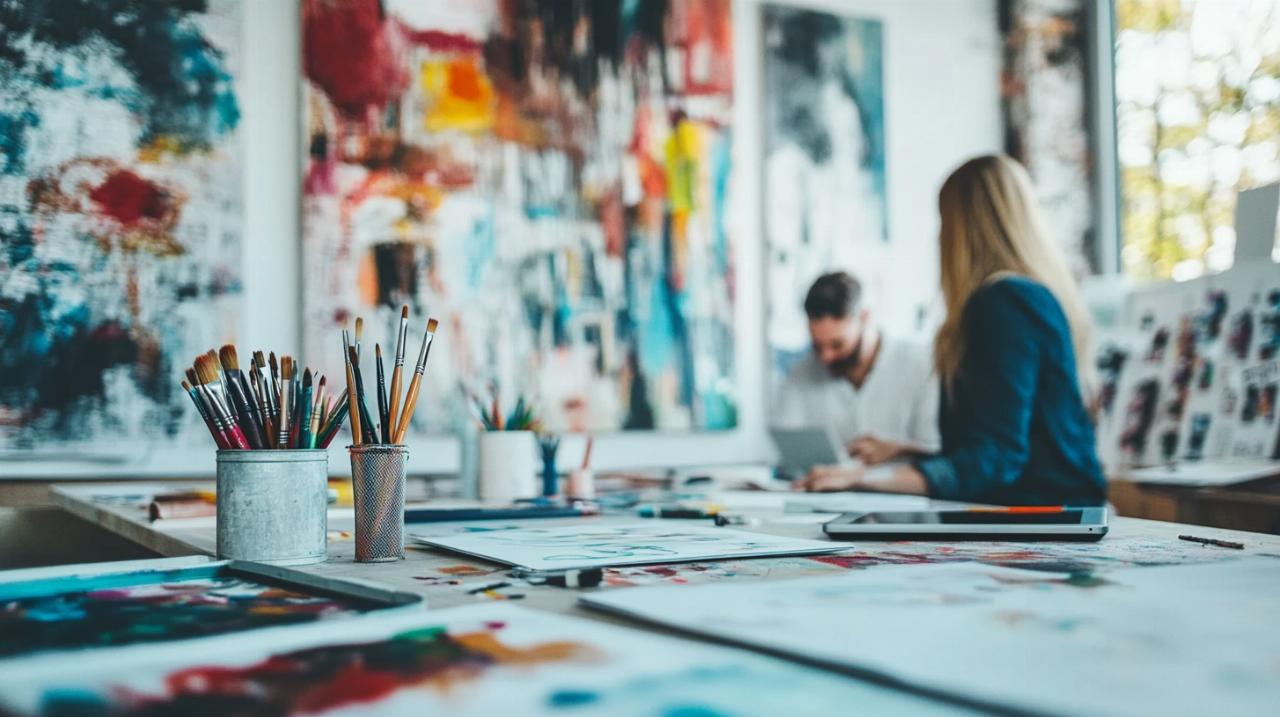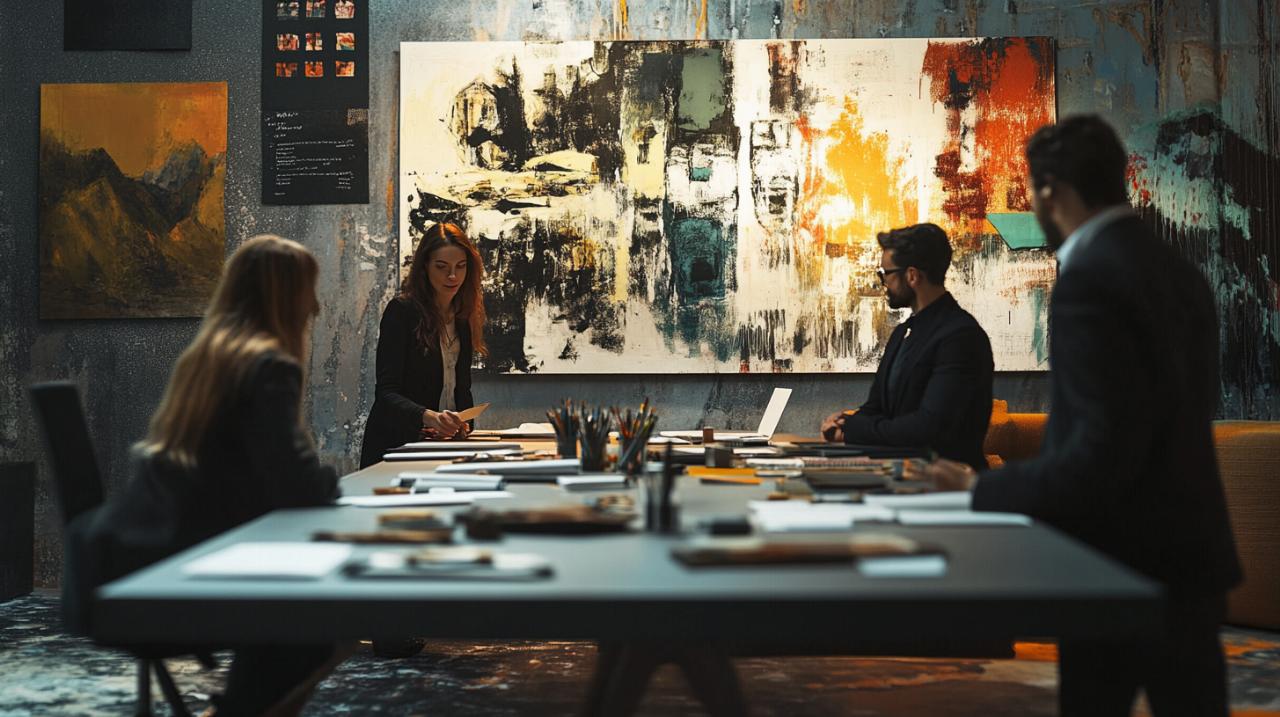Exploring the Intersection of Lifestyle and Arts Through Philosophy

Our daily existence unfolds through a series of choices, habits, and creative impulses that define both who we are and how we engage with the world around us. When we pause to consider the relationship between philosophy, art, and the rhythms of everyday life, we uncover a rich tapestry where thought and expression intertwine in unexpected ways. This exploration invites us to see beyond the surface of routine and aesthetic experience, recognising that the way we live and the art we create or appreciate are not separate realms but deeply interconnected dimensions of human existence.
The philosophical framework: understanding how daily routines shape creative expression
The connection between our ordinary habits and the creative work we produce has long fascinated thinkers who concern themselves with the nature of beauty, truth, and meaning. Philosophy offers us tools to examine this relationship, revealing how the choices we make in our personal lives ripple outward into the art we encounter and generate. When we adopt a philosophical lens, we begin to see that lifestyle and arts are not merely adjacent concerns but are fundamentally entwined, each informing and enriching the other in ways that extend far beyond superficial observation.
Examining Existentialist Perspectives on Personal Choice and Artistic Identity
Existentialist thought, particularly as articulated by figures such as Sartre and Camus, emphasises the weight of individual freedom and the responsibility that comes with making authentic choices. For the artist, this means that creative expression is never divorced from the lived experience of daily existence. Every decision about how to spend one’s time, what values to uphold, and which struggles to confront becomes a statement about one’s artistic identity. The existentialist viewpoint suggests that art emerges not from some ethereal realm of inspiration but from the gritty realities of human existence, where meaning must be forged rather than discovered.
In this framework, the artist’s lifestyle is not merely a backdrop to their work but an active ingredient in the creation of meaning. The choices one makes about routine, relationships, and personal discipline directly shape the authenticity of creative output. An artist who embraces this philosophy understands that their work is a reflection of their engagement with the world, a testament to their willingness to confront uncertainty and assert their own vision. This perspective challenges the romantic notion of the tortured genius working in isolation, instead positioning the artist as someone deeply embedded in the fabric of everyday life, drawing sustenance and insight from the very act of living with intention and awareness.
The Role of Mindfulness and Phenomenology in Bridging Everyday Experience with Creative Practice
Phenomenology, a branch of philosophy that explores how we experience and interpret the world, offers another valuable perspective on the interplay between lifestyle and arts. Thinkers such as Heidegger have encouraged us to pay closer attention to the ways in which we encounter objects, spaces, and moments in our daily lives. This attentiveness, often referred to as mindfulness in contemporary discourse, becomes a bridge between the mundane and the creative. When we approach our routines with curiosity and presence, we begin to notice textures, rhythms, and patterns that might otherwise escape our awareness.
For the artist, cultivating this kind of mindful attention transforms everyday experience into a wellspring of creative possibility. A morning walk, a conversation over tea, or the play of light through a window can become sources of inspiration when approached with an open and reflective mindset. Phenomenology teaches us that there is no such thing as a purely passive observer; our perception is always an active engagement with the world. By refining this engagement through mindfulness, we enrich both our personal lives and our artistic practice, discovering that beauty and meaning are not confined to museums or galleries but are woven into the fabric of our daily existence.
Art as a Mirror and Catalyst: How Creative Works Transform Our Way of Living
 While our daily routines shape the art we create, the relationship is far from one-directional. Art possesses a remarkable capacity to reflect our inner lives back to us, offering new perspectives on our values, habits, and assumptions. A painting, a sculpture, or a photograph can act as a mirror, revealing aspects of ourselves that we may not have fully recognised. At the same time, art can serve as a catalyst for change, prompting us to reconsider how we live and what we prioritise. This dynamic exchange between art and lifestyle is where philosophy finds one of its most compelling applications, as it helps us understand the mechanisms by which creative works exert their influence on our personal worlds.
While our daily routines shape the art we create, the relationship is far from one-directional. Art possesses a remarkable capacity to reflect our inner lives back to us, offering new perspectives on our values, habits, and assumptions. A painting, a sculpture, or a photograph can act as a mirror, revealing aspects of ourselves that we may not have fully recognised. At the same time, art can serve as a catalyst for change, prompting us to reconsider how we live and what we prioritise. This dynamic exchange between art and lifestyle is where philosophy finds one of its most compelling applications, as it helps us understand the mechanisms by which creative works exert their influence on our personal worlds.
Aesthetic Philosophy and the Power of Art to Reshape Personal Values and Habits
Aesthetic philosophy, which concerns itself with questions of beauty and how we experience art, has long acknowledged that our encounters with creative works are not merely passive acts of consumption. Philosophers such as Plato viewed beauty as a glimpse of something divine, a transcendent quality that elevates the soul. Aristotle, on the other hand, saw beauty in harmony and proportion, in the fitting together of elements to create a coherent whole. These differing perspectives share a common recognition: that art has the power to move us, to shift our emotional and intellectual landscape in profound ways.
When we engage deeply with a work of art, whether it be a contemporary sculpture, an impressionist painting, or a piece of mixed media, we open ourselves to the possibility of transformation. A visit to an art gallery might prompt us to reconsider our relationship with colour, space, or form, leading to changes in how we arrange our living environments or dress ourselves. Encountering a piece that grapples with themes of identity, truth, or meaning can inspire us to reflect on our own values and priorities, nudging us towards a lifestyle that feels more aligned with our deepest convictions. In this way, aesthetic philosophy helps us see that art is not simply decorative or entertaining but is a vital force in shaping who we are and how we choose to live.
Practical applications: integrating artistic sensibilities into your daily lifestyle choices
Understanding the theoretical connections between philosophy, art, and lifestyle is one thing; translating that understanding into concrete action is quite another. Yet the benefits of integrating artistic sensibilities into everyday life are both tangible and deeply rewarding. One might begin by cultivating an awareness of the aesthetic dimensions of daily activities, approaching even mundane tasks with the same attention one might bring to viewing a masterpiece. This could mean arranging a meal with an eye for colour and composition, selecting clothing that reflects personal values and creative vision, or designing a living space that nurtures both comfort and inspiration.
Another practical step involves engaging regularly with diverse forms of art, from paintings and sculptures to photography and emerging digital works. Exploring different art movements, such as surrealism, abstract art, or the Bauhaus Movement, broadens one’s understanding of creative possibilities and can inspire fresh approaches to problem-solving and self-expression. Visiting exhibitions, whether in renowned institutions or local galleries, provides opportunities to encounter works by both established artists and emerging talents, each offering unique insights into the human condition.
Moreover, one might consider adopting practices that blur the boundary between art appreciation and creation. Keeping a visual journal, experimenting with photography, or even collecting prints or drawings can deepen one’s engagement with the creative process and foster a more intimate relationship with the world of art. These activities need not be grand or ambitious; the goal is simply to weave artistic sensibilities into the texture of daily life, allowing them to inform decisions large and small. In doing so, we honour the philosophical insight that lifestyle and arts are not separate pursuits but are mutually enriching dimensions of a life well lived, one in which beauty, truth, and meaning are pursued with equal vigour and care.


